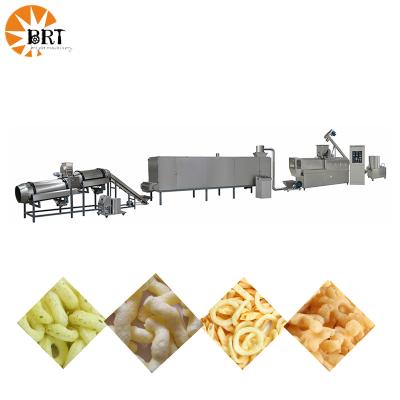What Are the Common Problems with Aquafeed?
1. The surface of the particles is uneven
(1). It has a great impact on the appearance of the finished product, and it is easy to collapse when put into water, and the utilization rate is low. The main reasons are:
A. The raw materials are too coarsely pulverized. During the quenching and tempering process, they are not fully matured and softened, and they cannot be well combined with other raw materials when passing through the die holes.
B. In the aquatic feed formula with high crude fiber content, steam bubbles are mixed in the raw materials during the conditioning process. When the pellets are pressed, these bubbles are ruptured due to the pressure difference between the inside and outside of the mold. cause unevenness on the particle surface.
(2). Treatment measures:
A.Control the crushing level
At present, in the production of fish feed, 1.2mm sieve fine powder is used for bulk raw materials, and the frequency of use of the sieve and the wear degree of the hammer are well controlled to ensure the fineness of crushing.
B.Control the steam pressure
According to the formula, the steam pressure should be reasonably adjusted during production, generally controlled at about 0.2. Since there are many crude fiber raw materials in the aquatic feed formula, better quality steam and reasonable conditioning time are required.
2.the particles have poor water resistance
(1)This kind of problem is the most common problem in our daily production, which is generally related to the following factors:
A.Short conditioning time and low conditioning temperature result in uneven or insufficient conditioning, low maturation, and insufficient moisture.
B.Insufficient cohesive raw materials such as starch.
C.The compression ratio is too low.
D.The oil content and the proportion of crude fiber raw materials in the formula are too large.
E.Grinding particle size factor.
(2)Treatment measures:
A.Improve the steam quality, adjust the blade angle of the conditioner, prolong the conditioning time, and appropriately increase the moisture content of the raw material.
B.Adjust the formula, appropriately increase starch raw materials, and reduce the ratio of fat and crude fiber raw materials.
C.Add binder if necessary. (Sodium Bentonite Slurry)
D.Increase the compression ratio
E.Control the fineness of crushing
3. The particles contain too much powder
(1)It is difficult for general pellet feed to guarantee the appearance after cooling and before sieving. Customers often report that there are more fine ash and powder in the pellets. From the above analysis, I think there are the following reasons:
A.The surface of the particles is not smooth, the incisions are not neat, the particles are loose and easy to produce powder, etc.;
B.The grading screen is not completely screened, the screen is blocked, the rubber ball is seriously worn, and the screen aperture does not match, etc.;
C. here is a lot of fine ash remaining in the finished product warehouse, and the clearance is not complete;
D.There are hidden dangers in packaging and dust removal;
(2)Handling measures:
A. Optimize the formula structure, select the ring die reasonably, and control the compression ratio.
B. During the granulation process, control the conditioning time, feeding amount, and granulation temperature to fully ripen and soften the raw materials.
C. To ensure that the particle section is neat, use a soft cutter made of strip steel.
D. Adjust and overhaul the grading screen, and use a reasonable screen configuration.
E. Using the secondary screening process under the finished product warehouse can greatly reduce the powder content ratio.
F. The finished product warehouse and lines should be cleaned in time. In addition, it is necessary to improve the packaging and weighing dust removal device. It is better to use negative pressure for dust removal, which is ideal. Especially in the packaging process, the packer should periodically knock the packaging scale buffer bucket to clean up the dust.


